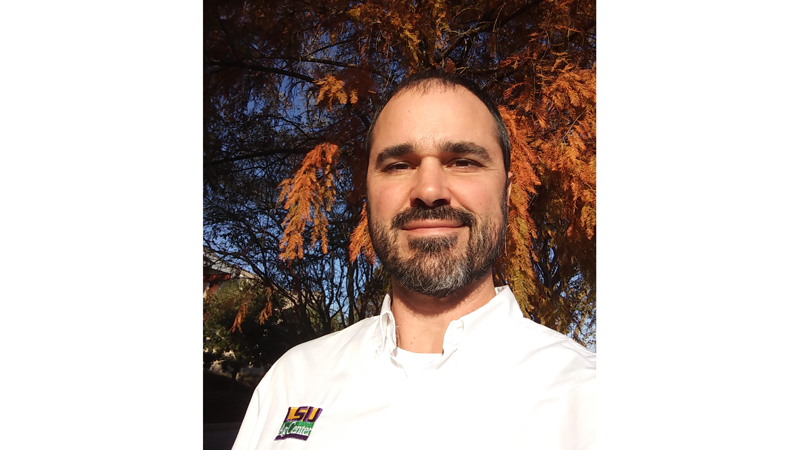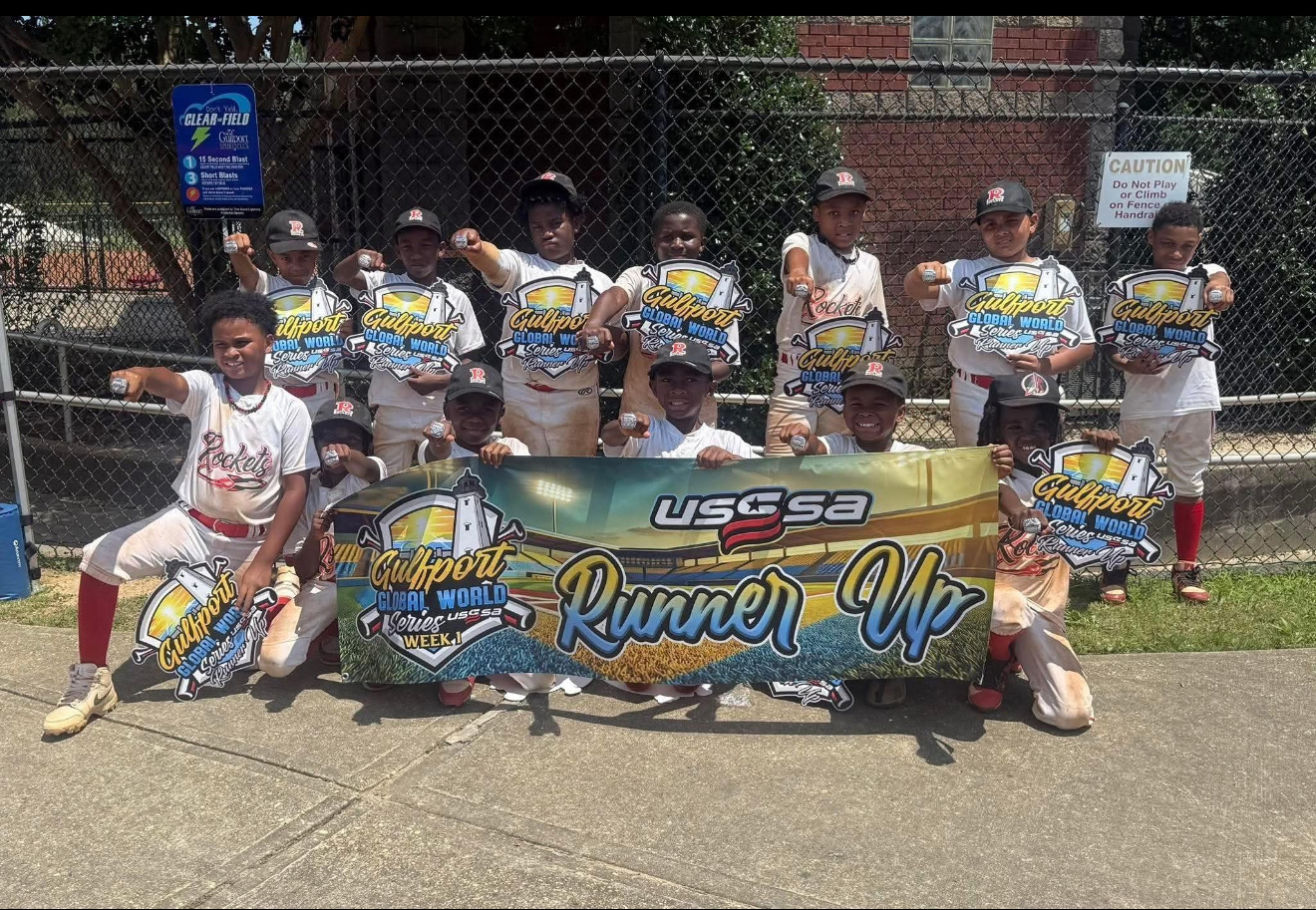Brock: Pruning and insecticide and fertilizer – oh my!
Published 12:00 am Wednesday, February 5, 2020

- Andre Brock
|
Getting your Trinity Audio player ready...
|
NOTE: I’m giving a talk about weeds and what homeowners can do about them at the LaPlace library at 3 p.m. on Feb. 11. Free weeds for the first 10 attendees!
As I wrote this, Groundhog Day was fast approaching and I was on the edge of my seat waiting to see if the Tubby Telepathic Rodent will call for early spring or extended winter.
But I know human nature – any warm sunny weekend will draw us out of our holes heading for the yard. Armed with pruners, fertilizer, and a jug of [insert favorite brand] insecticide, herbicide, and/or other chemical, we’ve got to do something outside.
Pruning is good to do now, before spring growth starts. (I wrote a detailed article about pruning February 2018; look it up.) Do not prune azaleas now, or anything else that blooms in spring. They set buds last summer so the appropriate time to prune them is right after blooming in any given year. It IS a good time to prune many dormant trees and shrubs, though.
Most ornamentals (like crepe myrtles) do NOT require annual pruning, except to remove problematic branches or control shape. Fruit trees usually require a little (citrus) or a lot (peaches) of pruning. Again, the prior article has more details. In short, remove any problematic branches. This includes dead or diseased branches, those that cross / rub each other, and those growing in a direction you don’t want.
Many trees will be coming out of dormancy soon and yes, many jumped the gun with the warm January weather. Though timing is not as critical with ornamentals, fruit trees need fertilizer in the ground two weeks before they break buds. In many cases (such as citrus), the amount of nitrogen available will greatly influence the number of flower buds set, which translates to fruit later. Ornamentals appreciate the fertilizer too but will do okay if it’s slightly late.

So apply a pound or so of 13-13-13 (or similar) fertilizer per year of tree age for most fruit trees in mid-February. (maximum 10 lbs.) Ornamentals vary greatly so ask me individually or Google it. Blueberries and pomegranates need only a few ounces.
Make sure the fertilizer gets to the roots of the plant. Yes, apply it around the dripline of trees. But look at the ground. If you see grass growing in that area, maybe even up to the trunk… well, guess who’s getting your fertilizer. Ditto for rain when it’s hot and dry(ish). Kill all that grass / weeds with herbicide or scrape it with a hoe. After you fertilize, cover the area with 4-6 inches of mulch to reduce weeds and avoid moisture fluctuation.
Speaking of grass, are you dying to weed-and-feed that lawn? Selective herbicides are good to use now; trimec-types (Weed Out, Weed B Gon, Weed Stop For Lawns, etc.) kill the vast majority of what’s bothering your St. Aug. Atrazine will kill annual bluegrass, one of the few trimec won’t touch.
But please do not fertilize grass until after green-up. This usually occurs in March or early April. You know for sure it’s time when you’ve mowed twice; apply about 6-7 lbs. of general-purpose (13-13-13 or so) fertilizer per 1,000 square feet. Skip a month, then do it again if needed. If you fertilize the lawn too soon, you risk getting large patch. Worse yet, excess fertilizer finds its way into our waterways with runoff and the last thing we need is more pollution.
If you want to know more about gardening, landscaping, or anything else horticultural, contact the St. John, St. James, & St. Charles Parishes County Agent André Brock at abrock@agcenter.lsu.edu. Also, the LSU Ag Center’s website can be accessed at www.lsuagcenter.com with lots of user-friendly information, including this article.




